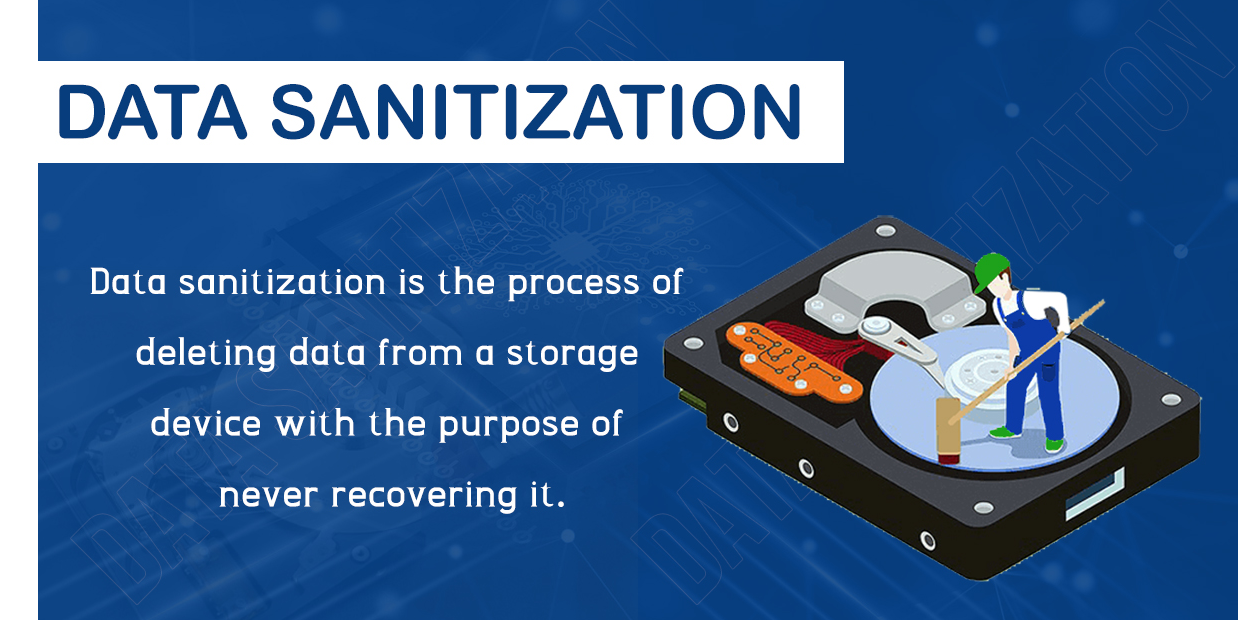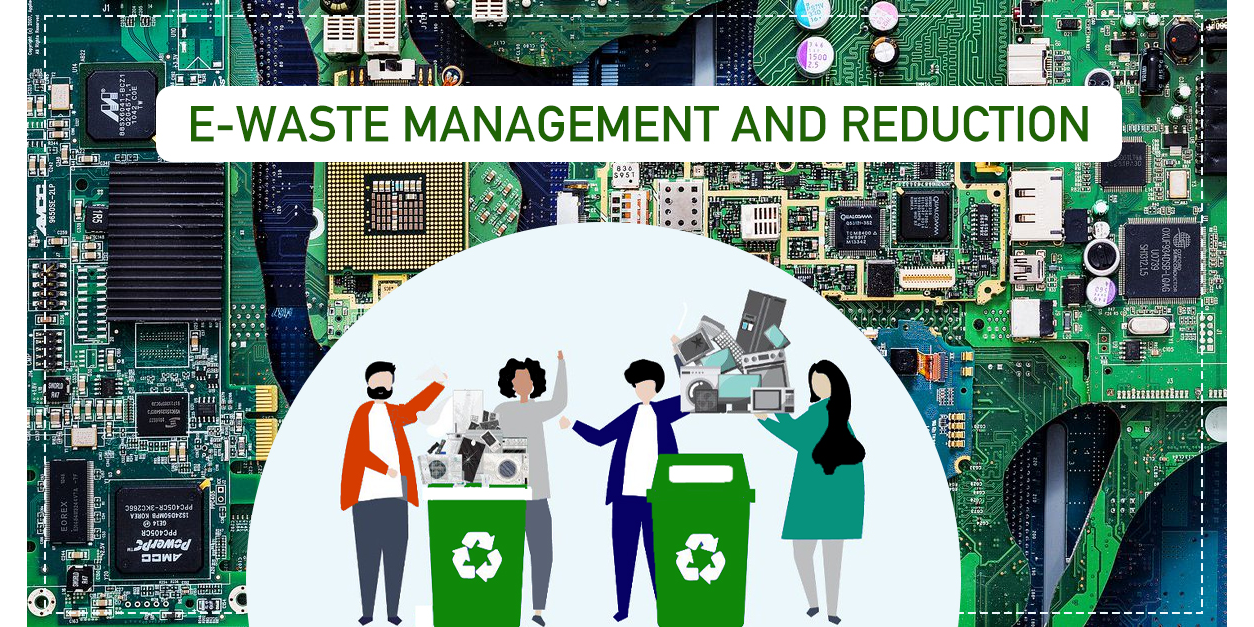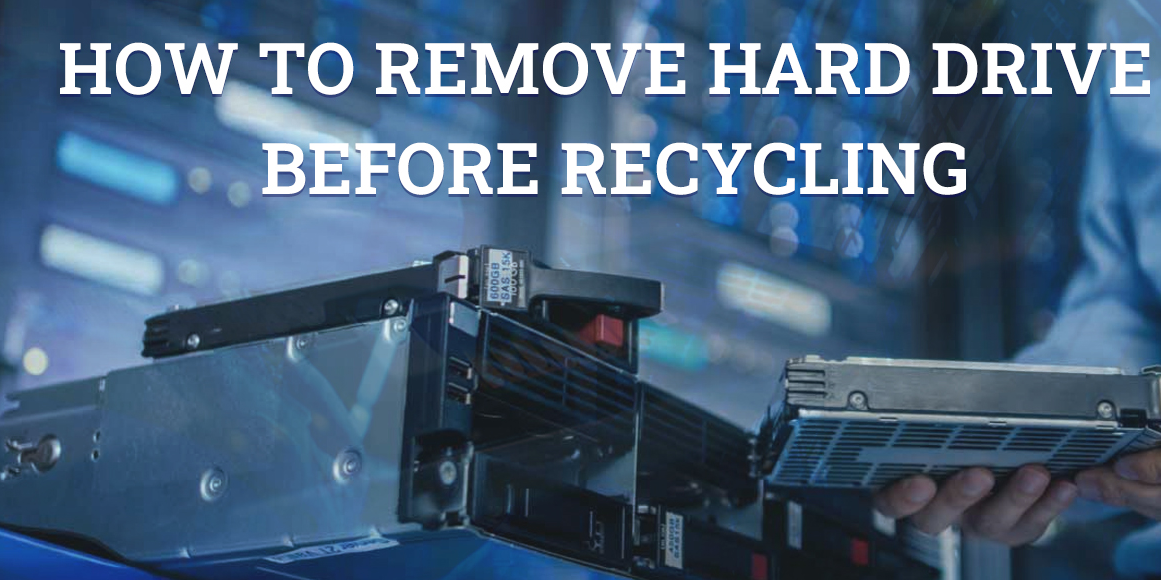
17 Jan 2023
What is Data Sanitization?
Sensitive data is securely and permanently erased from datasets and media as part of data sanitization to ensure that no residual data can be recovered, not even after an intensive investigation process.
Although data sanitization has several uses, it is typically employed to clean out outdated technology or to share and use huge datasets that contain private data.
Physical destruction, cryptographic erasure, and data erasure are the primary methods for removing personal data from devices.
While some people may assume that data sanitization only applies to information on electronic media, the phrase extensively refers to information on physical media, such as paper copies.
When the user is retiring systems, upgrading storage and servers, returning leased equipment, or redeploying storage devices, it is critical to protect the company information they contain, but simply erasing the used disks is not enough to make the data permanently inaccessible
WHAT IS A SANITIZATION METHOD?
Sanitizing equipment and surfaces requires two steps: cleaning and sanitizing. Cleaning removes the soil deposits, and sanitizing (sterilizing) destroys microbes that are left on the clean surface. If the surface is still dirty, the soil protects the microbes from sanitizing agents.
- physical destruction,
- data erasure,
- cryptographic erasure,
- Physical Destruction :
Data storage devices such as tapes, hard drives, and other electronic media can be physically destroyed to render them completely unreadable, preventing access or usage for illegal purposes.
Unfortunately, when it comes time to retire storage devices, many people forget to consider proper physical destruction. We must be extremely security conscious of our digital footprints due to the very real potential of a data breach.
- Data erasure:
Data erasure, also known as data clearing, data wiping, or data destruction, is a software-based technique for overwriting data that aims to irreversibly overwrite all of the device's sectors with zeros and ones in order to completely erase all electronic data stored on a hard drive or other digital media.
Data sanitization is accomplished by overwriting the data on the storage device in order to make it unrecoverable.
Software intended for data erasure should ideally:
- Allow the choice of a particular standard based on individual requirements, and
- Check to see if the overwriting technique was successful in removing the data from the entire device.
- Cryptographic Erasure :
Securely erasing data from a storage device is a procedure called cryptographic erasure.
The encryption key is then deleted after the data has been encrypted.
The data cannot be recovered as a result. Any sort of storage device, including hard drives, SSDs, USB drives, and memory cards, can be erased using cryptography.
For data sanitization, cryptographic erasure is a useful tool.
It may assist you in ensuring that your info is permanently erased and that no one else can access or utilize it.
You might also use a crypto wipe to abide by data privacy laws like the GDPR.




